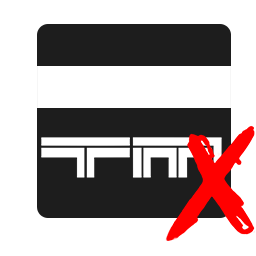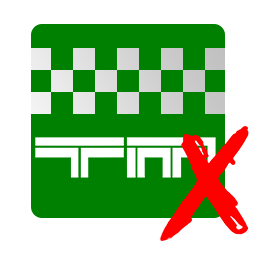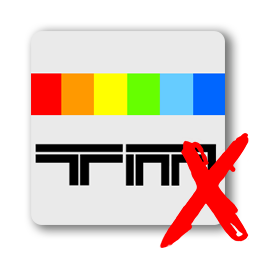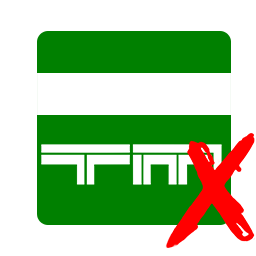


 Log in
Log in
 Trackmania² Exchange
Trackmania² Exchange
 Shootmania Exchange
Shootmania Exchange
 TrackmaniaExchange
TrackmaniaExchange
 Trackmania Original Exchange
Trackmania Original Exchange
 Trackmania Sunrise Exchange
Trackmania Sunrise Exchange
 Trackmania Nations Exchange
Trackmania Nations Exchange
 Trackmania United Forever Exchange
Trackmania United Forever Exchange
 Trackmania Nations Forever Exchange
Trackmania Nations Forever Exchange
 ItemExchange
ItemExchange
 ManiaPark
ManiaPark
 TMTube
TMTube
 ManiaExchange Account
ManiaExchange Account
 ManiaExchange API
ManiaExchange API

Welcome to the ManiaExchange Monthly Track Contest (MTC) December 2019 hosted by Rexine!
In the MTC your task is to build a track on a given theme. Later, all the submitted tracks are rated and a winner is determined.
🚧 Theme of the Month: Power of Two² 🎁
Theme by Clearvision
Your map has to be built inside a box of volume 256
 Honour and the right to brag! (Jozii used to say that. I hope some still remember him?
Honour and the right to brag! (Jozii used to say that. I hope some still remember him?  )
)
 The top 3 winners will receive a showcase of a track of their choice (< 10 awards)
The top 3 winners will receive a showcase of a track of their choice (< 10 awards)
 ")
")
Good luck!
If you have any questions, please ask 








